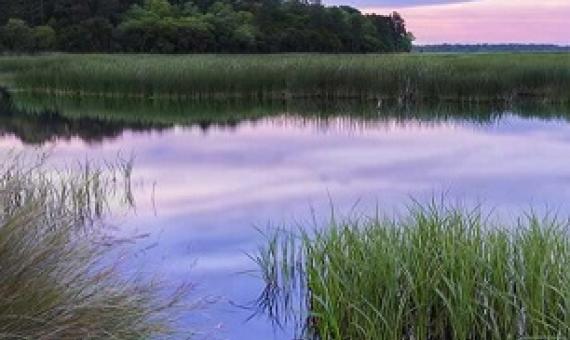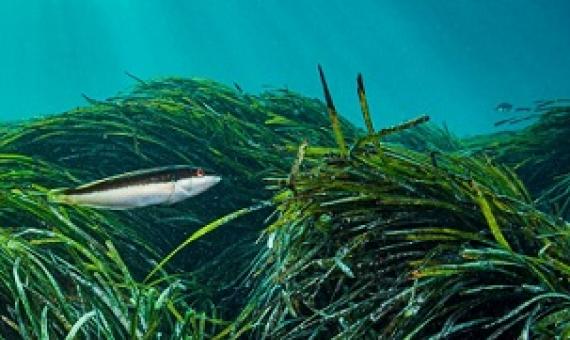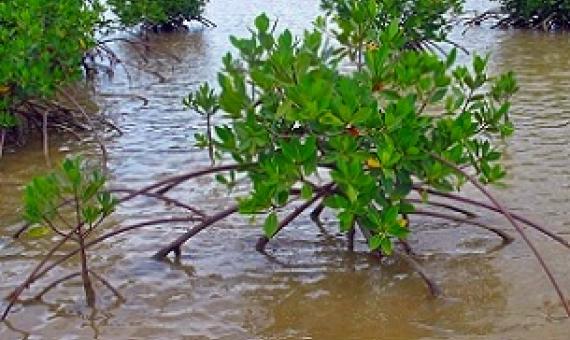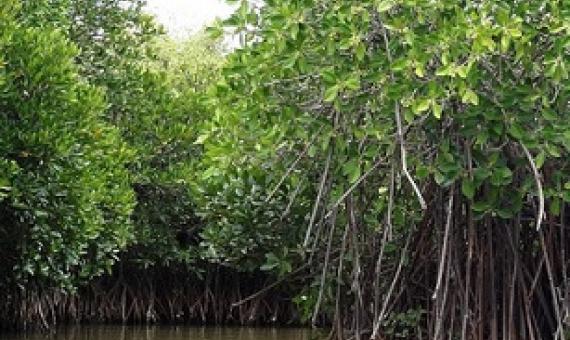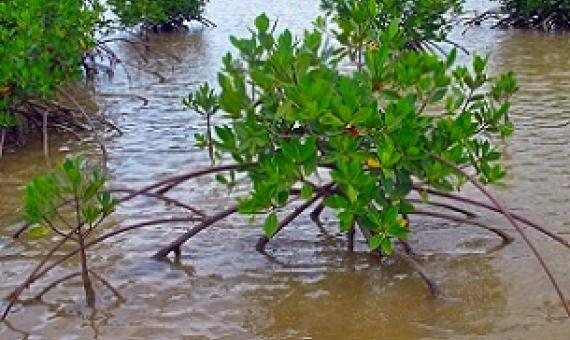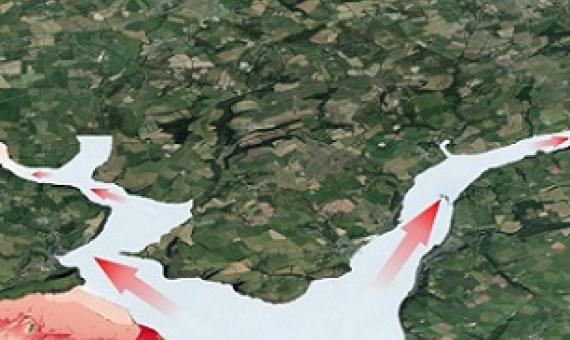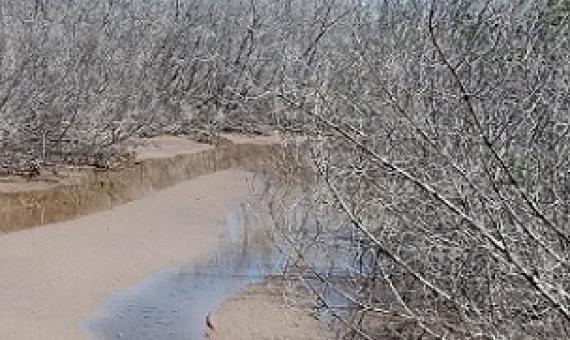Fijians living in coastal and maritime islands are being reminded not to overlook the importance of seagrass and its role in the marine ecosystems. This comes as Conservation International builds its research around seagrass and conservation of this resource in the Lau Group.
A first-of-its-kind article co-authored by scholars at Resources for the Future (RFF) and Columbia University in the journal American Economic Review finds that the loss of a hectare of wetlands (roughly the size of two and a half football fields) costs society an average of $1
The meadows of luscious green seagrass that dot coastal regions around the world are gaining recognition as important marine habitats and carbon sinks, but there is still a lot we don’t know about how these marine plants live.
Efficacy of Alternative Low-cost Approaches to Mangrove Restoration, American Samoa
Three mangrove restoration methods were tested at Nu’uuli, Tutuila Island, American Samoa. Since clearing 27 years ago converted the mangrove into a mudflat, the ecosystem was sufficiently altered that it could not self-correct; the ecosystem showed no natural regrowth despite an ample supply of propagules.
The Pew Charitable Trusts today applauded several nations for including ambitious targets to protect and restore coastal wetlands in their updated nationally determined contributions (NDCs). Parties to the Paris Agreement are increasingly recognizing the role that coastal "blue carbon" habit
Pacific Coral Reef Action Plan 2021–2030
Many Pacific coral reefs are being damaged by habitat disturbance, pollution, fishing and climate change. Climate change is believed to be the greatest human-induced threat to corals in the Pacific region. The region needs an action plan to make cohesive decisions that will benefit coral reefs. This will enable leaders of Pacific Island countries, coral-reef managers and community members to coordinate their efforts to protect these valuable ecosystems.
The study, published in Scientific Reports, says that mangrove ecosystems have high rates of carbon sequestration which is reflected in their vast aboveground biomass and soil carbon content...Dina Nethisa Rasquinha, lead author of the study...says that the study provides
Coastal communities around the world are facing increasing threats from tropical cyclones. Climate change is causing rising sea levels and bigger, more frequent storms. Many coastal communities are pondering what to do.
Coastal wetlands—such as salt marshes—provide even more flood protection than previously thought, reducing the risk to lives and homes in estuaries, a new study has revealed.
A new paper published by an East Carolina University researcher in the Department of Coastal Studies shines light on the effect human-made infrastructure and natural topography has on coastal wetlands after major storm events...The study focused on the effects of Hurricane Irma, which struck Flor


